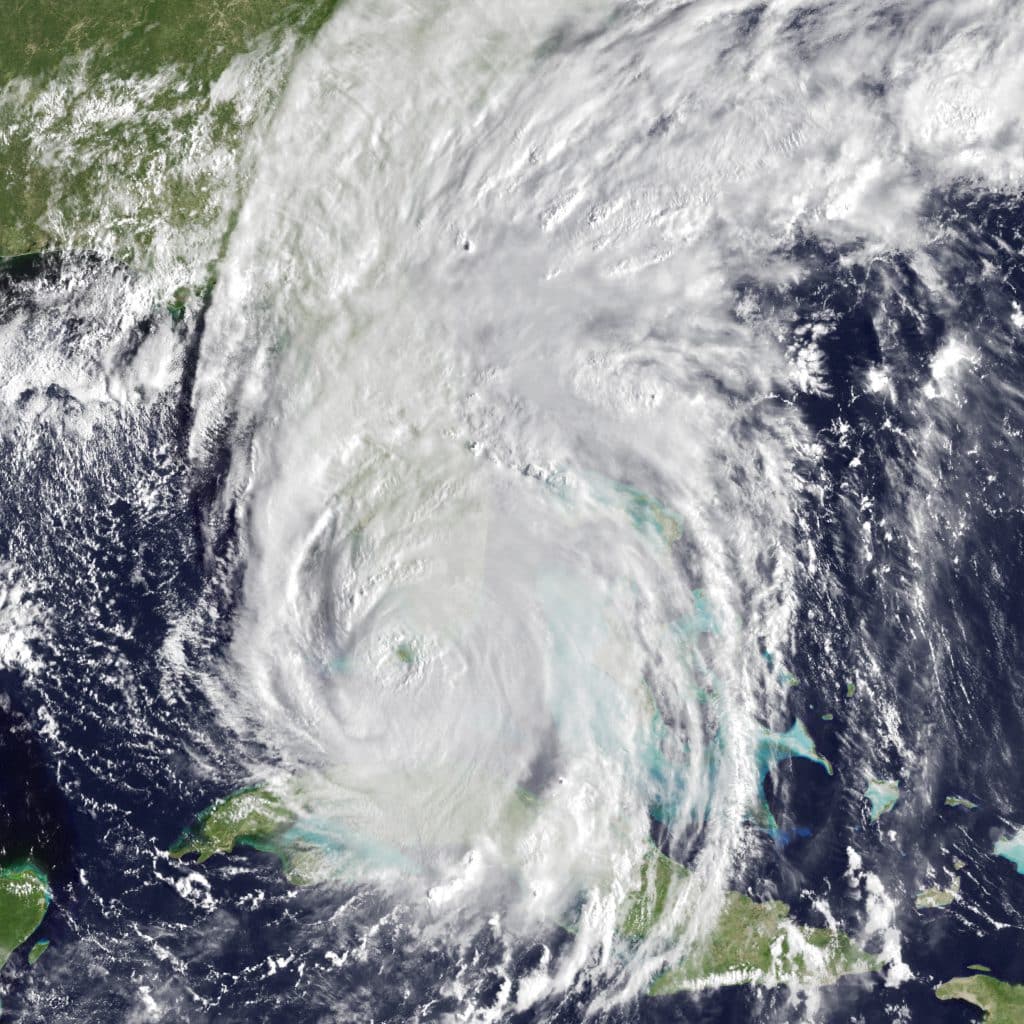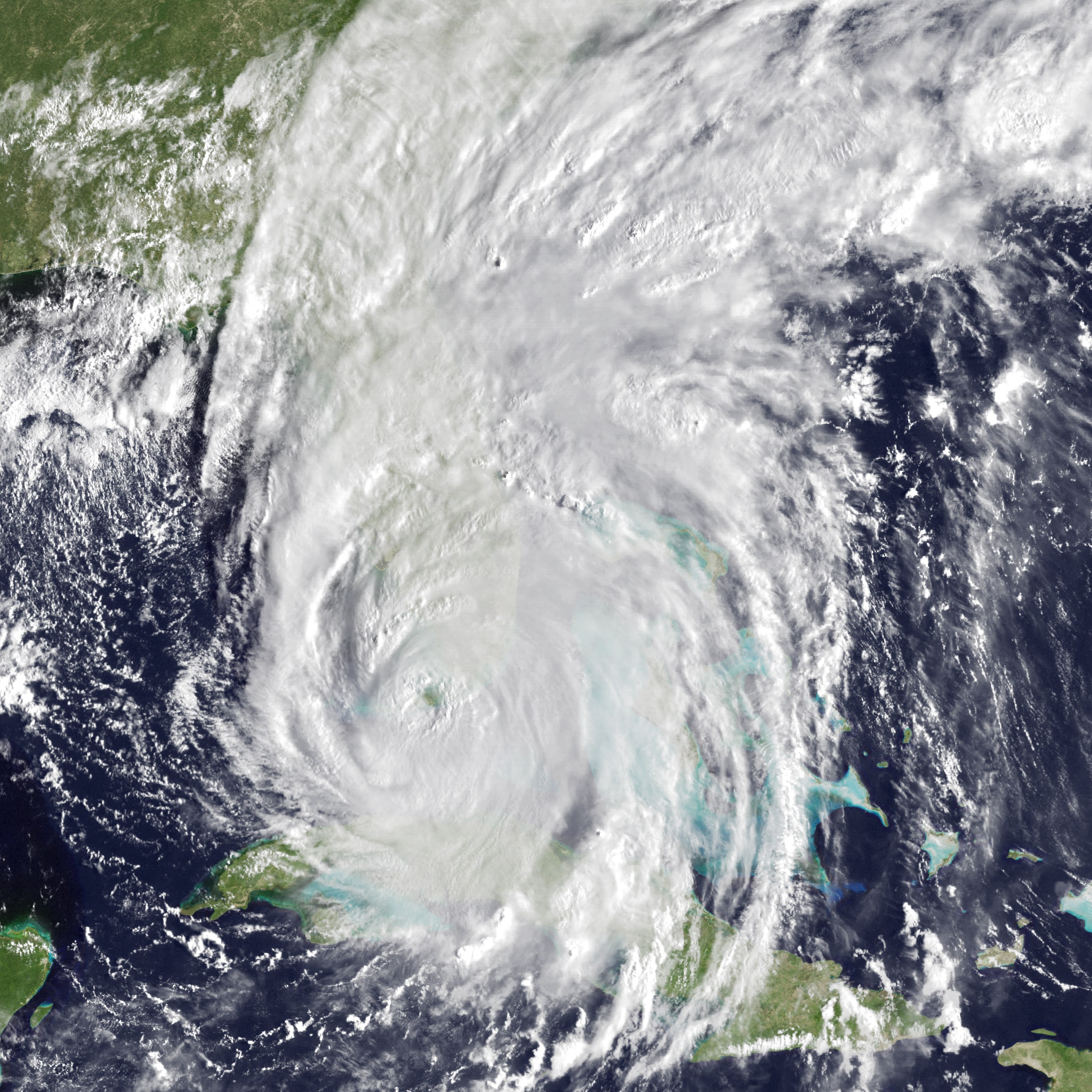
Hurricane Irma: What’s next?
Lane Koch, Social Media Director
Photo courtesy of NASA
You are finally going home�or at least what is left of it. Your children are dozing off, squeezed in the backseat between the miscellaneous momentous of what your life use to be. Photos of family members that are long gone that haven�t been backed up, boxes of important files, family heirlooms, Jake�s karate trophies, Jenny�s decathlon ribbons, wrapped up flat screens and stacks stack of clothes. Essentially, whatever you could fit in the van.
You pull up the road and around the corner onto your street. It�s been a few weeks, so the road isn�t covered by downed trees and power lines. But little things are gone. The flowers you planted while the kids played outside are crumbled or completely gone. Large tree branches sunbathe on the top of the roofs. You have a lot to clean up. And a long time before everything in your life is back to normal.
Weeks after hurricane Irma, many are coming back to find major changes to their homes, jobs and lives. These are the thoughts on the minds of many affected by hurricanes. But hurricanes don�t only affect the people. They affect the environment, especially in areas along the coast.
This is particularly true for Florida. Hurricanes gain strength over the ocean and begin to lose it once on land. With the ocean surrounding the peninsula, hurricanes tend to be particularly strong. And the thriving ecosystems of the state are affected.
�One issue that arises from hurricanes is a change in biodiversity,� Dr. Debo Nathaniel said. Nathaniel is an environmental science professor at North Greenville University. �When the natural fauna is killed due to water submersion, wind damage or perhaps a change in salinity due to sea water it can take time for the soil to purify. In that time, with no competition, invasive species grow and can take over.�
But hurricanes aren�t the only cause of fauna degradation. The human population is as well.
�God designed natural systems to work together.� Nathaniel continued. �For example, trees are purifiers. They purify the air, yes. But they also collect water, purify it, and release it back into the soil. Wetlands absorb the overload of water and prevent the excess from being overloaded into the mainland areas. The problem is that we clear these trees and wetlands, entire ecosystems, to build resorts and when we need these systems we don�t have them.�
Multiple government agencies look at the effects of hurricanes and how to lessen their impact. Yet they aren�t always looking at everything. These agencies look at the over flow of water coming into the mainland. City engineers design levees along rivers to prevent overflow. And when overloaded, they sometimes choose to break a levee and flood a certain area to prevent flooding everywhere. But these systems do not consider the flow of water out of the mainland.
Natural systems along the coast already do this. They not only keep seas and rivers from damaging the mainland, but keep the mainland from hurting the river and sea.
�You have to understand that these systems are resistant to a certain level of disturbance� explains Dr. Jeff French, a professor of ecology and natural resources management at North Greenville University. �When a hurricane overloads or destroys these systems such as marshes, wetlands, mangrove forests and the like, there is no barrier between the mainland and the rivers and ocean to break down these toxins.�
So you spray your yard with chemicals, change the oil on your car, all those chemicals run down the gutter and go straight to the shoreline ecosystems. Fisherman catch sea life from the same area and by the weekend you are consuming all those chemicals.
We consider the economic impact of hurricanes, and the cost of individual lives, and we should. But we must consider the cost of our actions on the environment–because in the end hurting it only hurts us.

